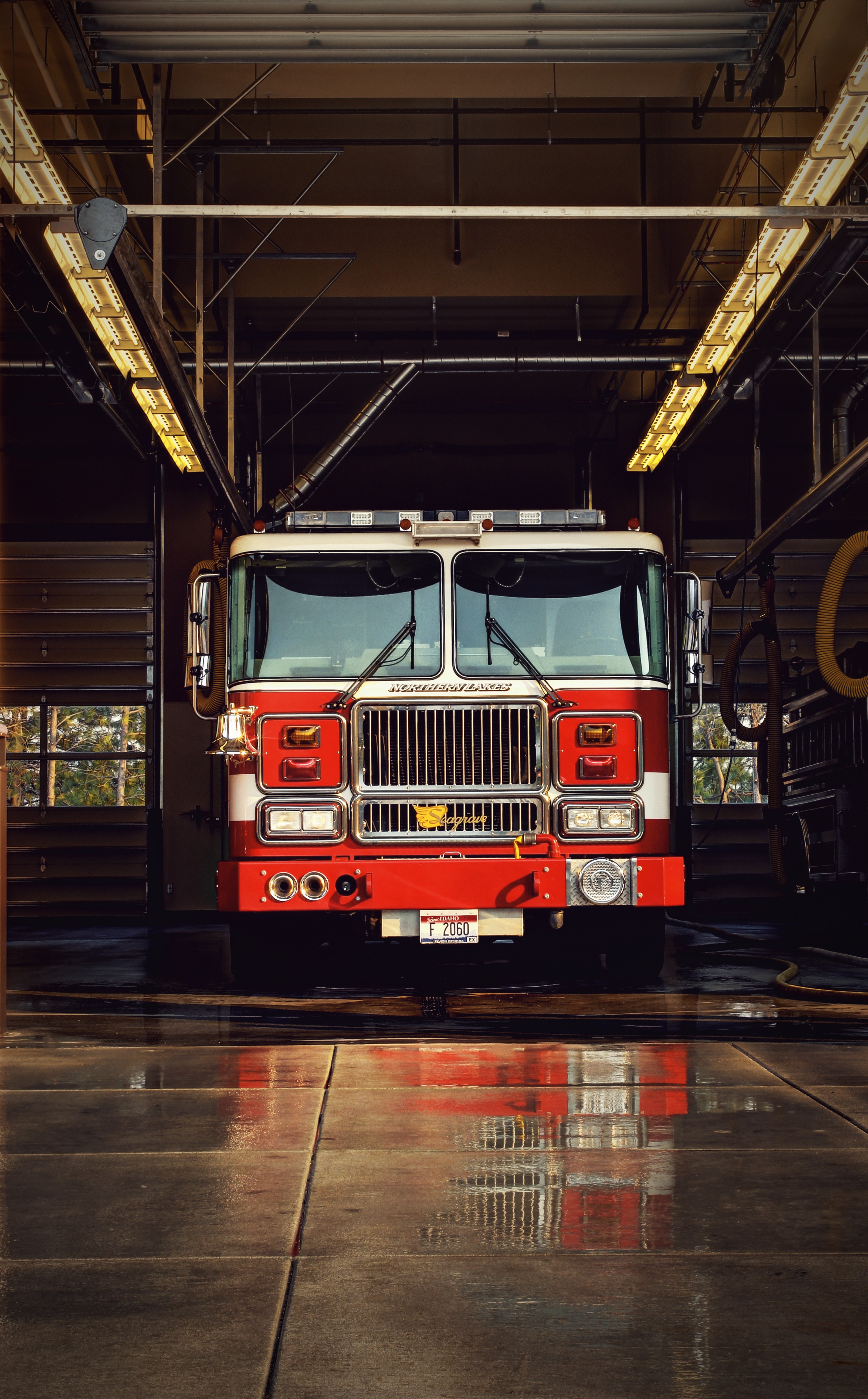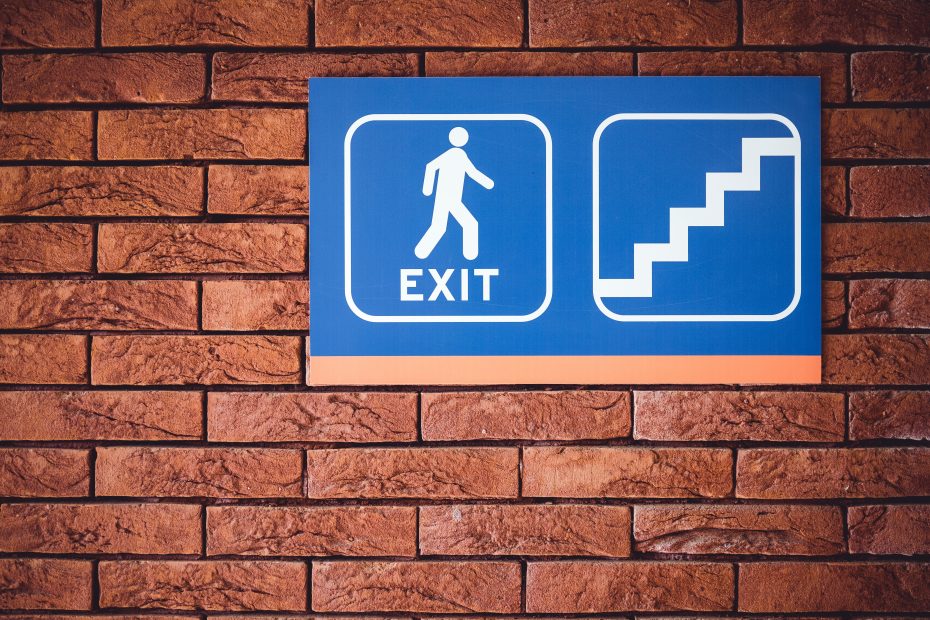Having a plan for potential workplace emergencies is often a legal requirement and an important responsibility. But, done right, emergency planning can help us breathe a little easier.
As we mentioned in our post about the importance of emergency planning, your organization should start with a risk assessment, then create plans for employees to evaluate, shelter in place, and lockdown in response to those risks.
But emergency plans won’t be very helpful unless your employees have had a chance to really internalize them, and that requires practice.
A cursory glance at an evacuation route map won’t prepare employees for emergencies. In many cases, rote, planned walk-throughs of emergency scenarios won’t, either.
Really put your plans to the test with effective emergency drills that employ the following four tactics.
1. Choose a Drill Interval and Stick to It
How often you schedule emergency drills will depend on several factors.
The first is regulatory compliance.
In some countries, regulations on how often drills should be performed might be made on the national level. In the United States, the Occupational Safety and Health Administration doesn’t mandate emergency drills, but it does recommend holding them as often as necessary to “keep employees prepared.”
States and municipalities often have their own legal requirements, too. Local fire codes tend to require drills at certain intervals, and also require records of those drills.
Your workplace might also be subject to oversight by industry-specific governing bodies. (For example, if you run a school, the local district may have very specific requirements about how often to carry out drills).
The International Fire Code suggests holding a fire drill no less frequently than every three months. However, the frequency of your emergency drills may depend on your workplace risk factors and typical employee schedules and turnover rates.

For example, sites with flammable materials will benefit from more frequent fire drills. Workplaces that have two different shifts of employees should make sure that drills happen in each time slot. And employers who regularly hire new staff will have to hold the drills more often for them to be effective.
Regardless of the frequency, make sure that drills are scheduled at semi-regular intervals to have updated, current emergency plans.
That said, the drill schedule shouldn’t be so regular that employees know exactly when to expect the drill (for example, every second Tuesday of the month). Ideally, you’ll preserve the element of surprise, as we’ll discuss next.
2. Keep Emergency Drills Unannounced
Planned emergency drills — the ones that are expected by employees — are usually easier and quicker than unplanned ones, which can make them appealing for managers. Announcing the drills ahead of time may also be better for workplace productivity, because the drills won’t interrupt any important meetings or your employees’ workflow.
But as this column in Occupational Health and Safety suggests, these types of expected drills are less effective at improving workplace safety. That’s because employees simply exit the building the same way they always do, without learning where the quickest and safest ways out of the building are actually located and experiencing them firsthand.
Also, employees are less likely to take any drill seriously if they know it’s not “real” — and they won’t have the same sense of urgency that can be helpful in predicting their behavior during a true emergency.
Of course, planning this type of drill requires a bit more work (and secrecy) for your internal emergency response team, but the results are worth it. An ineffective drill is simply a huge waste of time for your company. If you’re doing to drill your employees, make it count.
Another thing to be wary of is holding drills too frequently. If you’re just getting started with a new procedure, are testing something new, or have a new group of people, announcing a few of the drills may be a better plan. Try to gauge your employees’ feelings toward the drills. The last thing you want is for them to be ignored.
3. Add Some Unexpected Elements
In most real emergencies, employees have to seek alternate evacuation routes because some doors are blocked or unsafe.
So, instead of just letting employees pour out of their familiar exits, simulate some of the exits as “blocked.”
Here’s what career firefighter and safety consultant Chris Koester says:
“I like to use cardboard, cut into the shape of flames and painted to look like flames. You can also use traffic cones or other fire-simulated obstruction items. Place the cardboard in front of or near exits or egress paths.”
Make sure to monitor these obstacles, as employees are such creatures of habit that they might even walk right past the fake flames and continue on their regular route.
Then, make sure to change the location of these obstacles with each drill. (Never actually physically block exits, as they need to be available at all times.)
Another way to switch things up is to make certain members of your emergency response team unavailable (which could easily happen in a real emergency), or add different conditions to the emergency, such as multiple emergencies happening at once (such as a fire during a severe storm).
4. Establish Success Metrics
It’s easy enough to just run a standard emergency drill and keep a record of the event for compliance purposes. But if you want the drill to provide valuable information that will protect your employees, be intentional about what you want to achieve with each drill.
Do you want to improve on the evacuation time from the last drill? Do you want to observe a certain part of the drill more carefully? Do you want to test for certain variables in your plan?
Establish your goals beforehand, then do an assessment afterwards that will help to establish the priorities for your next drill.
Here are several factors you may want to track:
- Alarm or alert success (did everyone hear it and understand any audible messages?)
- Employee response time to the alarm
- Hazards or problems with the evacuation routes
- Emergency procedure success (for example, equipment shutdown in an industrial setting)
- Communication plan success
- Hardware checks
- Overall evacuation time
- Headcount procedures
Enlist the help of professionals to help assess your drill. For example, coordinate with local emergency responders or third-party consultants to help observe and monitor the event, then give their advice and expertise. Make sure to position these experts at key points in the evacuation.
Before you plan any emergency drill for your workplace, ask yourself exactly what you want that drill to accomplish. #receptionistapp Click To TweetDon’t Forget About Visitors in Your Emergency Plans
Finally, remember that in addition to evacuating employees in an emergency, your company or organization is also responsible for evacuating visitors and accounting for them once they’ve reached their designated safety zones.
The Receptionist visitor check-in system features a real-time evacuation list of all building visitors. Because the software is cloud-based, the list is accessible from any Internet-connected device, which can be extremely valuable in these emergency scenarios.
Accurate headcounts will help to ensure that all building occupants are evacuated safely. They can also prevent emergency responders from going on dangerous, risky search-and-rescue missions looking for unaccounted for employees.
Want to see what visitor check-in software can do for your company? Click here to try a 14-day trial of The Receptionist for free.
Share this Post

